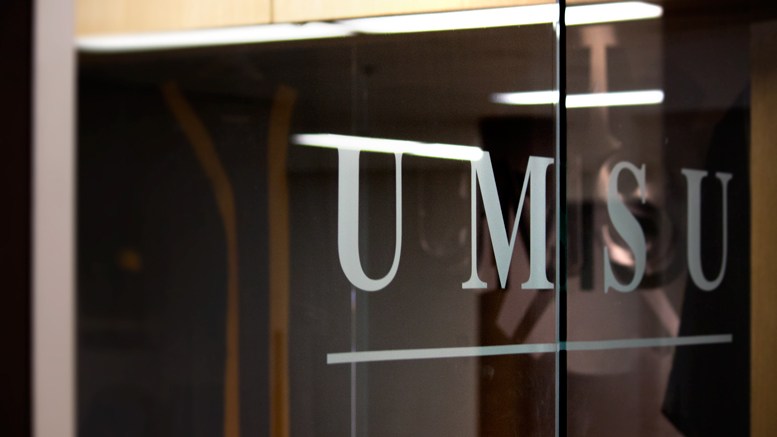UMSU is in the process of creating four working groups, three of which are to influence policy concerning their communities of focus and one of which will direct $20,000 toward initiatives chosen by the group’s members.
Two motions passed unanimously at the June 24 UMSU board of directors meeting that proposed the creation of a sustainability working group and a mental health working group. A third motion for an Indigenous working group was tabled until the Sept. 12 board meeting. A fourth, the participatory budgeting working group, was created in May.
UMSU president Jakob Sanderson said the creation of the working groups for this year is a result of the success of last year’s working groups, which is mainly measured by student engagement.
“We instigated a number of working groups last year, a few of which were really quite successful, and we just wanted to continue those again this year,” he said.
“The engagement level was high,” said Sanderson. “When we had meetings we had a solid stable of students that were consistently showing up that were bringing forward input.”
Sanderson also pointed toward UMSU’s sustainability week, which took place in March, as an example of the sustainability working group’s effectiveness.
The sustainability and mental health working groups were first created in the 2018-19 year while the Indigenous working group is brand new. Because these groups are not standing committees established in UMSU’s governing documents they must be reformed each year.
Previous working groups have included a university policies working group and an accessible education working group.
This year’s incarnation of the sustainability working group will have a different structure than last year, this year being chaired by two people rather than just Sanderson, with one being Sanderson and the other being an elected student-at-large.
According to Sanderson, the tabling of the Indigenous working group motion was meant to allow for more consultation with Indigenous students.
“When we originally crafted it, we reached out to the co-presidents from the University of Manitoba Indigenous Students’ Association for their feedback,” he said.
“It was generally positive, and then we heard later on that they wanted to incorporate more feedback from all of the different Indigenous student groups on campus and that they would be able to do that by the time we get to the September meeting.”
The participatory budgeting group is also returning from last year. According to its establishing motion, the group is meant to “establish and supervise the democratic process of a portion of the UMSU budget.”
The group has been allocated $20,000 — the same as last year — which, aside from roughly $1,000 for operating costs, is to be spent on initiatives decided upon by its members. A Bannatyne campus participatory budgeting group will also be created, which has already been allocated a separate $10,000.
Sanderson also discussed how the participatory budgeting working group decides how to use its money.
“There’s really four steps to it,” explained Sanderson. “Step one is collection of submissions. That’s were we advertise what the group is doing, we advertise it on social media as well as a week of tabling, and we simply get people to submit any ideas, they don’t have to be fully costed or estimated, just broad priorities that students think UMSU should spend that participatory budgeting money on.”
“Step two is, once a certain deadline is passed, we’ll go through and review all of the priorities that people have submitted. We’ll identify the ones that are touched on by the highest number of people both digitally and physically, and we’ll go back and cost out what are some actually tangible things we could do.
“Step three is the decision. So we’ll then go back to the students picking probably three to five options,” he said. “Then whatever the most people vote for is the one that we do and that leads us to step four which is implementation.”
Unlike the other groups and last year’s participatory budgeting group, this year’s participatory budgeting group has a limited number of spaces, which Sanderson explained is due to the amount of money it controls.
“This year there is a cap on how many students will be a part of that, just on the basis that that is the only one of the working groups that has the discretion to spend a substantial amount of money and so having a little bit more of a structure in terms of who is coming out to every single meeting is a little more important there,” he said.


